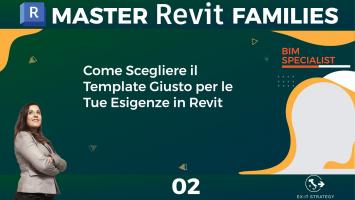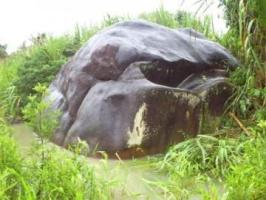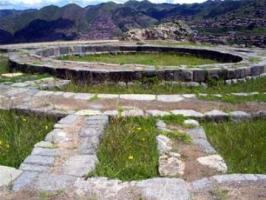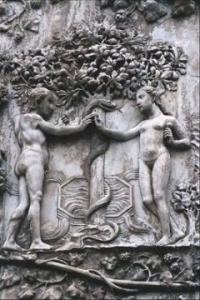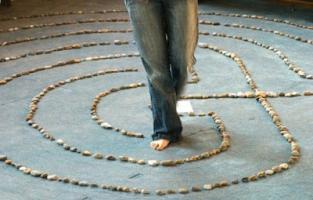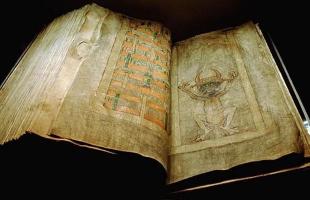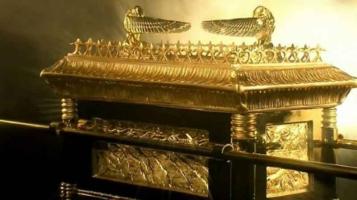Building a DSP board, Part Two: Choosing the ADCs and DACs
This is the second in a series on how I went about building a dual Motorola DSP56000 sampling board.
Choosing the DACs and ADCs turned out to be the most difficult choice I had to make. There are two major types: serial and parallel.
At first, I thought I would use the 8bit parallel port on the 56000 to read in the LSB and MSB from each ADC. This would require some tricky external logic and buffering, however.
After looking through the schematics to my Denon 1500 CD player and seeing that they used Burr-Brown DACs, I decided to give them a try. Another big factor in this decision was that I could also get sample/holds, op-amps, and ADCs from them. The biggest factor was that when I called them up, they said, "How many do you need? We'll give them to you for free." How could I turn that up?
I talked to a rep from Burr-Brown and found him to be extremely helpful.
He suggested that I do double oversampling and use serial chips. Why?
Here's the advantage:
+---+
2xL-Ch-->| |
| |-----> Alternating 1xL-Ch, 1xR-Ch
2xR-Ch-->| |
+---+
SM5805
2xL-Ch is the left channel sampled at 88kHz. 1xL-Ch is the left channel decimated by two down to 44kHz.
The SM5805 is a killer digital filter that bandlimits the data to 22kHz, then decimates the data down to 44kHz. There are two input channels of 88kHz and one output channel of 88kHz (two 44kHz channels).
Now I thought, "Gee, the alternating L/R channel output sure looks familiar, doesn't it?" Sure enough, I found an application note for the 56000 for a digital equalizer. It used the bitstream right out of a CD player, which alternates the left and right channels.
The 56000 has a synchronous serial port built in. It can be configured to use an external bit rate clock and a word clock. Words can be 8, 12, 16, or 24 bits long.
Now, another nice feature of the SM5805 (it's from Nippon Precision Circuits, BTW) is that it will provide ALL of the signals I need for sampling and reconstruction. It will drive the S/H (sample/hold) , ADC, DAC, and supply the bit rate and word rate clocks for the 56000. In other words, it's just plain awesome!
The best part of doing double oversampling is that you don't have to build a severe sampling or reconstruction filter. The SM5805 supplies a really sharp low pass (90dB in 4kHz!), so you can build a gentle slope analog filter and spread your 90dB cut from 20kHz to 60kHz.
But wait, now how much would you pay? The SM5805 *also* does upsampling from the alternating L/R channel to 2x L & R channel (basically reverse the block diagram above).
Here is a block diagram of what I have so far:
analog analog
signal----->filter----->S/H----->ADC----->SM5805------>56000
L-Ch (LP) ^
|
analog analog |
signal----->filter----->S/H----->ADC--------+
R-Ch (LP)
The true beauty of this design is that for the output, you simply reverse all of the arrows and replace the ADC with a DAC.
analog analog
signal<-----filter<-----S/H<-----DAC<-----SM5805<------56000
L-Ch (LP) |
|
analog analog |
signal<-----filter<-----S/H<-----DAC<-------+
R-Ch (LP)
We use the same S/H and analog filters as before. We simply configure the SM5805 differently.
Okay, what chips did I use? For the DAC, I used the PCM56; for the ADC, I used the PCM78; for the S/H, I used the SHC5320. All of these chips had the ability to do double oversampling. There are probably better chips out now, as I chose these about two years ago.
BTW, my Denon player uses the SM5801, which is the one channel, parallel version of the SM5805. Also, it uses the PCM54, which is the parallel version of the PCM56.
Next: designing the analog filter.











